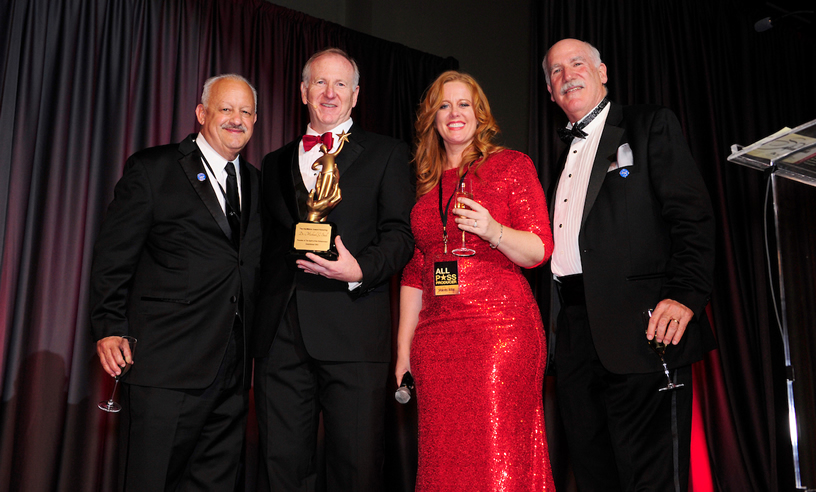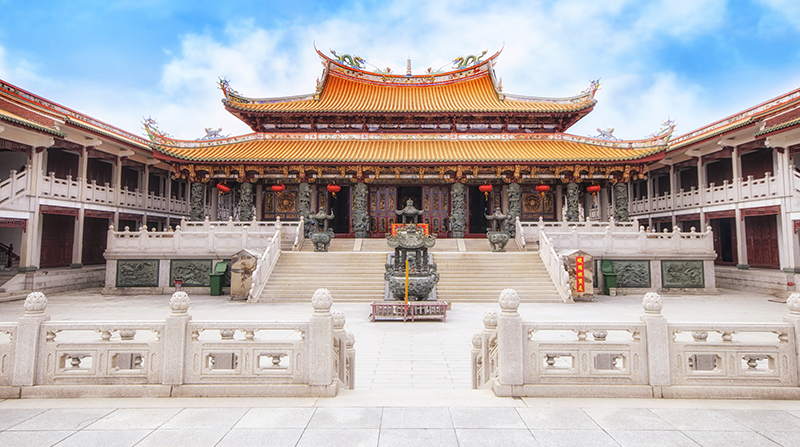7 main concepts that are shameful not to know.

In this article we will briefly and in an understandable way tell you about 7 main concepts which are studied in all business schools of the world. These concepts are useful to know not only for those who start up their business but for allthose who consider themselves educated.
- Positioning.
“On the package of Duracell is simply written in bold ‘Duracell’. There is no need to write ‘alkaline batteries’ as that is what Duracell means. This is the essence of positioning. It is necessary that your brand should mean type goods. Then a consumer might easily replace one name with another” –in such a verysimple way Jack Trout explains the essence of his concept of positioning.
The first time positioning was spoken of was in 1969 when the journal “Industrial Marketing” published Jack Trout’s article “Positioning” – the game played by people in today’s ‘and-me-too’ market”. The word ‘positioning’ implies work with some definite position inthe consumer’s mind. Trout is sure it is not enough to invent a new product or to make a discovery. Sometimes it is not needed at all. The main thing is to be the first to penetrate into the consumer’s mind. Many companies do not understand the difference between the creation of a product and of a brand. A product is a thing made at an enterprise. A brand is something, which isproduced in the mind. A market success presupposes the issue of brands but not of goods. Today as never before one should haveone’s own position. There are too many competitors. It is impossible to win and not make enemies, i.e. to strive to please everyone. To gain success you should conquer a niche in the market. How to do it Trout tells in his most famous book “Positioning: battle for the minds”.
2.Blue ocean strategy.
The author of this concept professor of the INSEAD business school Chan Kim suggests we should see the market universe as two oceans – a scarlet one and a blue one. The scarlet ocean symbolizes the industries known today, their boundaries are defined and the rules of the game are known to all. As competitiononsuch a market intensifies, the company’s prospects for growth and profit become more questionable. Novelties turn into commodities of mass demand, and increasing competition stains the waters of this business ocean a bloody red colour. The blue ocean is the untouched market spaces, which give the possibility of unlimited growth and high profits. The blue ocean is the the untouched areas of the marketwhere competition does not threaten anyone because the rules of the game have yet to be formulated. There are enough opportunities for company growth, for profit increase and rapid growth rates.
In his revolutionary bestseller “Blue ocean strategy”,Chan Kim attracts our attention to the fact that it is possible to avoid competition even on the most explored markets, to find new niches and to introduce new strategies quickly and at optimalcosts, enjoying the clean and safe waters of the free blue ocean. The advantages of the strategy suggested by Chan Kim are quite noticeable. He studied more than a hundred companies, and only one out of seven was on the wayto creating the blue ocean, but the total profit of this minority was 1.5 times higher than the total profit of companies, which chose the traditional approach to developing their strategy.
- Reengineering.
This concept was described in detail in the book by James Champy and Michael Hammer “Reengineering the Corporation”, which is included in the list of compulsory literature on management in all leading business schools in of the world. The essence of reengineering is to start all over again. It means to rejectthe established procedures, to search for an answer to the question “If I re-created the company today taking into accountmy current knowledge and modern technology, whatwould it become?” In 1980 one of the authors of the book uttered a phrase which marked the beginning of reengineering, “Automatization of disorder leads to automated disorder”. If a company does not rethink its business processes, the application of new technologiesgives them no result. The authors of the book believe that company effectiveness falls not because of employees’ laziness or managers’ negligence, but because the company is unable to adapt to the rapidly changing world.
The rules andwidely spread mistakes of reengineering are setout by the authors in the book “Reengineering the Corporation”. It is no coincidence,thatthe book entered as compulsory literature in the management course of all leading business schools in the world.
- Leanproduction
Irrespectively of the sphere of a company’s activity, there are tasks and processes which can be and must be standardized, and simplified to make them more effective. The concept of lean-production developed in Japan, suggests excellent tools to eliminate losses.
“The most important thing to know about lean production”, says the recognized leader of lean production Don Tepping in his book “Lean office” is that this management technology proved to be effective in all spheres of business.” Lean productionconquers yet more countries today and is successfully realized in practice all over the world. The main task of this technology is to reveal and eliminate the activities which do not add any value to the customers. To achieve it the authors developed concrete methods described in detail in the book by Don Tepping “Lean office”.
- Emotional intelligence
Emotional intelligence (EQ) is the ability to identify and understand our own emotions and emotions of other people, and use this knowledge to control our own behaviour and manageour relationship with people. A leaderwho does not possess emotional intelligence may be excellently trained, may have keen wit and may endlessly generate new ideas but he will lose when compared with a leader who can control his emotions.
They began to speak of this phenomenon for the first time in the West after publication of the book by Daniel Goleman “Emotional leadership”. Goleman explored the work of 500 large companies for several years to reveal what abilities, skills and character features of their managers and employees mostly contribute to success. The overwhelming findings of the research showed that the higherthe rank of a manager, the greater the role in his successof the abilities connected with EQ but not with his intelligence. Comparing outstanding representatives of top-management with those having average abilities,who heldposts of a similar level, the researchers foundthat 85% ofthe differences in their effectivenessmay be ascribed to the emotional intelligence factors but not to mental abilities.
- The concept of Corporate Lifecycles
The concept was developed and described by the noted business thinker doctor IchakAdizes in his book “Managing Corporate Lifecycles”.
Adizes believes that every organization has its lifecycle. It is born, develops, ages and dies like people. At each stage of its lifecycle and when it moves from one stage to another, a company has some definite difficulties or temporary (normal) problems and it must be able to cope with them. Besides, a company must learn to avoid abnormal problems. Adizes distinguishes some stages of a company lifecycle: nursing, babyhood, “Come on, come on” youth, booming years and flourishing, aging, final decline and death. He tells how to discern the signs of agingin time in order not to let the company fall into decay and die.
- Methodology PAEI
This is the second, no less known concept developed by IchakAdizes, and described in his books “The Ideal Executive” and “How to Solve the Mismanagement Crisis”. The code PAEI includes four management styles: 1) the style of a producer – focusing on a concrete result (P); 2) the style of an administrator – focusing on creation and adherence to distinct norms and rules (A); 3) the style of an entrepreneur – focusing on transformation (E); 4) the style of an integrator – focusing on cohesion of a community (I). One person is unable to play all four roles. The way out is to create a team which members have different management styles and compensate for each other’s weaknesses. The team should have a leader, whose task is not to let any of the styles prevail. In this case, a crisis would not threaten a company.
Reporting by Gilbert Castro
































